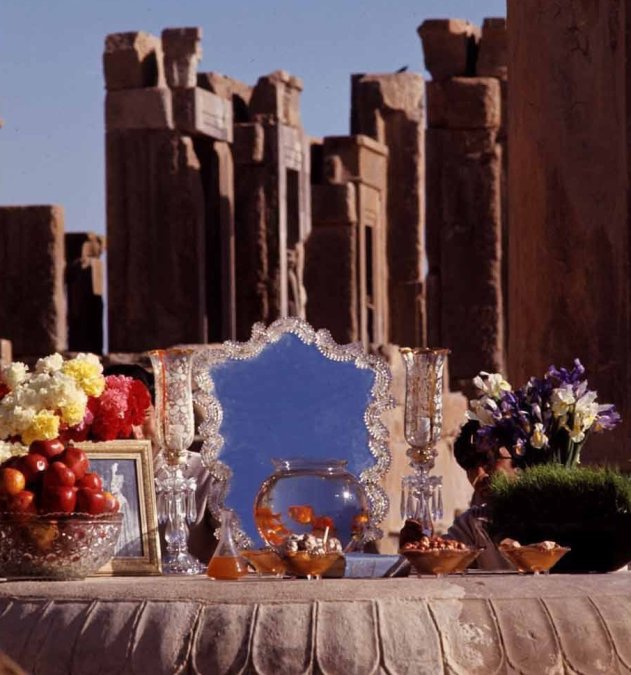Nowruz from Myth to History
Nowruz, the first day of the solar year, coinciding with the first of Farvardin, is the celebration of the New Year and one of the oldest festivals remaining from ancient Iran.
The origin of Nowruz is in ancient Iran and it is celebrated in vast areas in Asia and other parts of the world.
According to myths and legends, Nowruz was celebrated for the first time during the reign of Jamshid Shah.
For ancient Iranians, Nowruz was considered a national celebration honoring the creation of the first human prototype.
They also believed that Rapithwin, one of the most important deities of the Zoroastrian religion who brings warmth and light, returns in the spring.
In mythological beliefs related to fertility and birth, there were deities known as plant gods whose death symbolized winter and their revival symbolized spring and the rebirth of nature, with Siavash being one of them.
In historical periods such as the Achaemenid era, it is evident that they were familiar with Nowruz celebrations.
It is said that during the time of Darius I, grand Nowruz celebrations were held at Persepolis.
During the Parthian and Sassanian periods, both minor and major Nowruz were celebrated. Ardashir Babakan, the founder of the Sassanian dynasty, after defeating the Roman state, asked them to recognize Nowruz.
This request was accepted by the Roman Senate, and Nowruz became known as Lupercal in the Roman territory.
Among all the festivals that were forgotten in Iran after Islam due to the rulers’ neglect and opposition from Islamists, Nowruz managed to maintain its status as a national celebration in Iran.
The reason for the enduring presence of Nowruz in Iranian culture can be attributed to its deep connection with Iranian rituals, the history of this country, and the cultural memory of Iranians.

